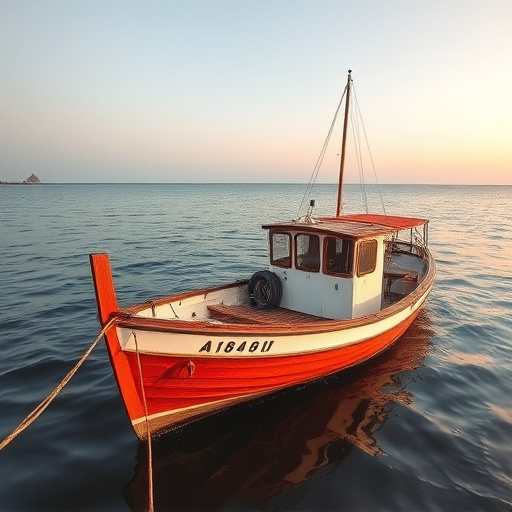Marine batteries face unique challenges from extreme environmental conditions. High-quality deep cycle batteries designed for marine use are crucial. Saltwater corrosion significantly impacts lifespan and performance, requiring regular cleaning, maintenance, and corrosion-inhibiting coatings. Optimal temperature control and charging levels minimize corrosion's effect. Regular maintenance checks prevent degradation and ensure reliable operation. Load management prevents overdischarging, extending battery health. Choosing the right marine battery involves understanding DoD, CCA, and cycle life. Advanced technologies like lithium-ion and AGM chemistry enhance performance, offering longer lifespans and reduced maintenance costs.
Maximizing the lifespan of your marine battery is crucial for any boater or sailor. This comprehensive guide delves into the key factors that influence marine battery performance, offering essential insights for boat owners. From understanding the unique demands of maritime environments to implementing efficient charging practices and regular maintenance checks, each aspect plays a vital role in extending battery life. By exploring these strategies, you’ll gain the knowledge needed to navigate the challenges of saltwater corrosion, temperature fluctuations, and load management, ultimately choosing the right battery technology for your needs.
- Understanding Marine Battery Demands
- Environment: Saltwater Corrosion Impact
- Temperature Control for Optimal Performance
- Efficient Charging Practices
- Regular Maintenance Checks
- Load Management: Avoiding Overdischarging
- Choosing the Right Battery Type
- Advanced Technology Enhancements
Understanding Marine Battery Demands
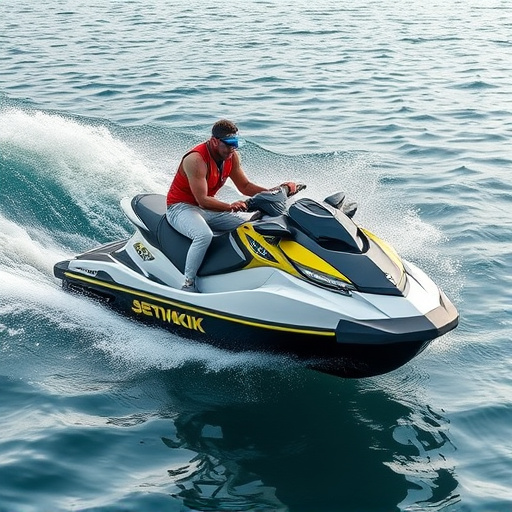
Marine batteries face unique challenges compared to their terrestrial counterparts due to several demanding factors. One of the primary considerations is the extreme environmental conditions that boats operate in, including varying temperatures, humidity, and exposure to salt water, all of which can impact battery performance and longevity. Additionally, marine applications require batteries to withstand frequent deep discharge cycles, as boats often rely on power for lighting, navigation, and other critical systems during extended periods of inactivity.
The demanding nature of marine environments necessitates the use of high-quality, deep cycle batteries designed specifically for such conditions. These batteries are built to handle the rigors of continuous use and frequent discharge, ensuring they can provide reliable power when it’s needed most. Understanding these demands is crucial in selecting the right marine battery to maximize its life and performance in challenging aquatic environments.
Environment: Saltwater Corrosion Impact
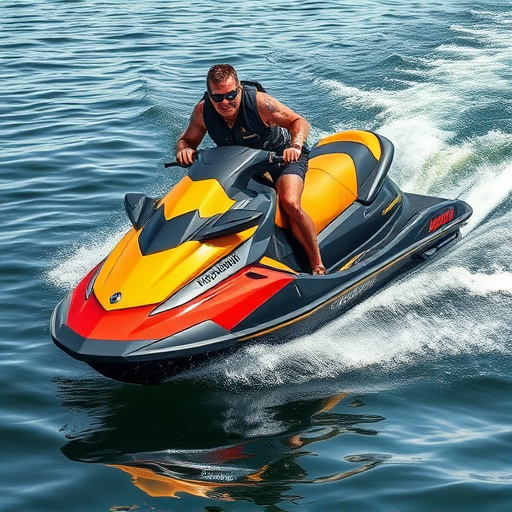
The environment plays a pivotal role in determining the lifespan and performance of marine batteries. One significant factor is saltwater corrosion, which can accelerate the deterioration of battery components. Saltwater contains high levels of chlorine and other corrosive elements that react with the battery’s electrode materials, leading to oxidation and potential damage. This effect is especially pronounced in coastal areas or during prolonged exposure to salty sea water.
Regular cleaning and maintenance are essential to mitigate this impact. Applying corrosion-inhibiting coatings and using maintenance-free batteries designed for marine environments can help extend the life of these critical components. Additionally, proper storage techniques, such as keeping the battery charged at optimal levels and avoiding extreme temperature fluctuations, further contribute to minimizing the corrosive effects of saltwater on marine batteries.
Temperature Control for Optimal Performance
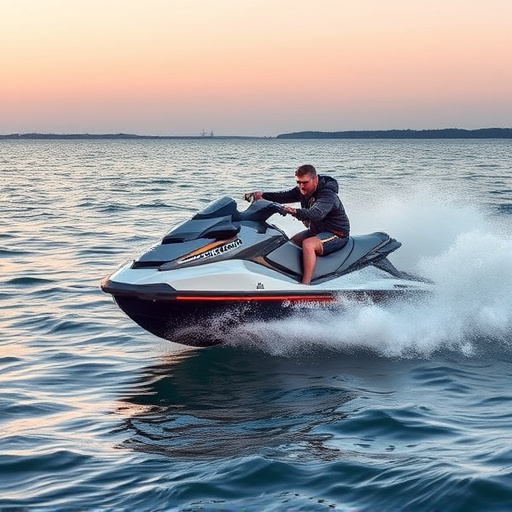
Maintaining optimal temperature levels is crucial for maximizing the performance of marine batteries. Extreme heat or cold can significantly impact their efficiency and overall lifespan. For instance, high temperatures accelerate chemical reactions within the battery, leading to faster degradation. Conversely, cold conditions reduce the chemical activity, causing a temporary drop in power output.
To ensure peak performance, it’s essential to regulate the temperature of marine batteries. This can be achieved through strategic placement, such as keeping them out of direct sunlight or extremely cold areas. Using battery insulation and temperature-controlled systems on larger vessels is also beneficial. By managing temperature effectively, boaters can extend the life of their marine batteries, ensuring reliable power for all their onboard equipment.
Efficient Charging Practices
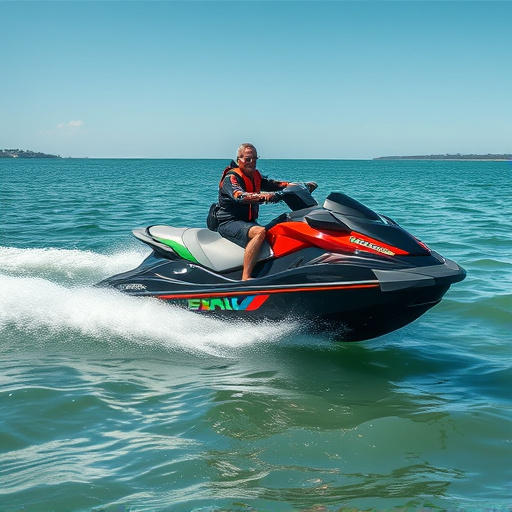
Maintaining optimal charge levels is crucial for maximizing the lifespan of a marine battery. Efficient charging practices involve ensuring the battery receives a steady and appropriate current during the charging process. It’s essential to avoid overcharging, as it can lead to damage and premature degradation of the battery. Using smart chargers that automatically adjust the charging current based on the battery’s state is one effective strategy. These devices monitor voltage levels and cut off power once the battery is fully charged, preventing excessive charge.
Additionally, allowing the battery to rest for a brief period after a full charge can aid in its longevity. This resting phase lets the internal chemistry stabilize, reducing the risk of overcharging and prolonging the overall health of the marine battery. It’s also beneficial to maintain a consistent charging routine, avoiding frequent complete discharges, as this cycle-life can significantly impact the battery’s performance over time.
Regular Maintenance Checks
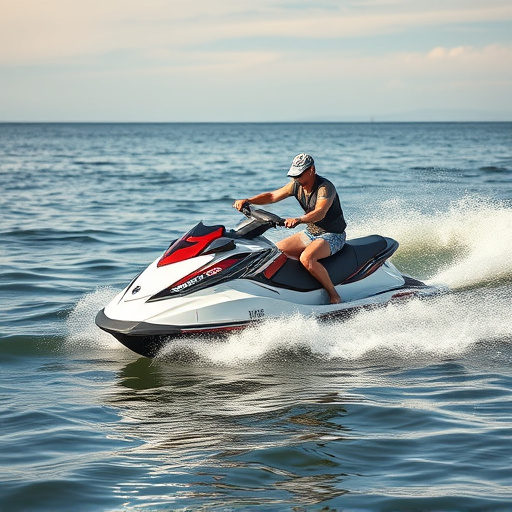
Regular maintenance checks are essential for maximizing the lifespan and performance of a marine battery. Boaters should establish a routine that includes inspecting the battery for any signs of corrosion, leaks, or damage. Keeping the terminals clean and free from buildup is crucial as corrosion can hinder the battery’s ability to hold a charge and increase resistance. During these checks, it’s also vital to verify the electrolyte levels and ensure they are within the recommended range. Topping up with distilled water (if necessary) helps maintain optimal performance and prevents overfilling, which could cause damage.
Additionally, monitoring the battery’s state of charge and keeping it between 40% and 80% will extend its life. Deep discharge cycles can degrade marine batteries faster, so using a smart charger that regulates the charging process is beneficial. Regular maintenance not only improves battery performance but also ensures boaters are aware of any potential issues before they become major problems during a voyage.
Load Management: Avoiding Overdischarging

Maintaining optimal charge levels is crucial for maximizing the lifespan of a marine battery. One of the key factors to consider is load management, with a primary focus on avoiding overdischarging. Marine batteries are designed to handle varying loads, but excessive discharge can lead to premature degradation and reduced performance.
To prevent overdischarging, boat owners should ensure that their electrical systems are efficiently managed. This includes monitoring power consumption, using energy-efficient equipment, and installing smart charging systems. By understanding and controlling the load, you can extend the health of your marine battery, ensuring it remains reliable for navigation and sailing experiences ahead.
Choosing the Right Battery Type
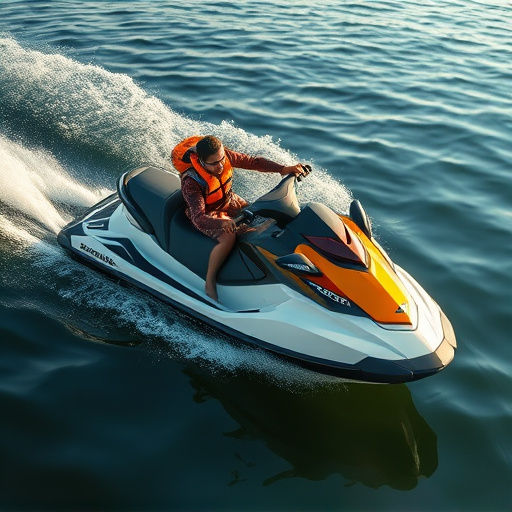
When it comes to choosing a marine battery, the first step is understanding your specific needs. Marine batteries are designed for harsh environments, so consider factors like depth of discharge (DoD), cold cranking amps (CCA), and cycle life—each crucial in determining which type best suits your vessel. For instance, deep-cycle marine batteries excel at providing consistent power over extended periods, making them ideal for boats that spend more time idling or anchored than cruising.
In contrast, starting batteries prioritize high surge currents for quick starts, perfect for larger vessels or those with powerful engines. Additionally, AGM (Absorbent Glass Mat) and gel cell batteries offer benefits like spill-proof designs and longer life spans, while lithium batteries provide lightweight power with superior energy density—a game-changer for smaller boats or those seeking to reduce weight.
Advanced Technology Enhancements
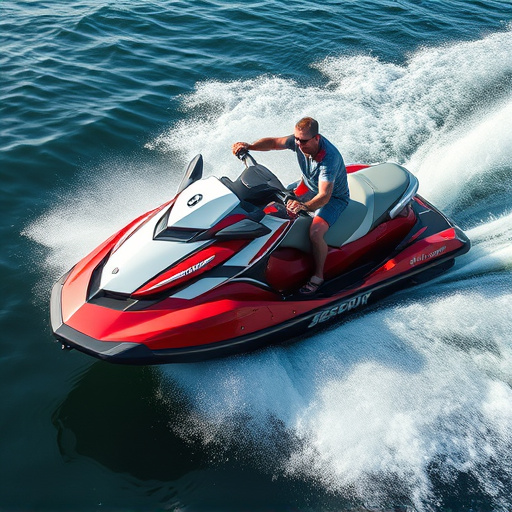
Advanced technology enhancements play a pivotal role in maximizing the life of marine batteries. Modern marine batteries are designed with advanced chemistry, such as lithium-ion or AGM (Absorbent Glass Mat), which offer improved energy density and longer cycle life compared to traditional lead-acid batteries. These innovative technologies enable boats and marine vessels to operate efficiently for extended periods without frequent charging.
Additionally, smart battery management systems (BMS) have been integrated into modern marine batteries, providing real-time monitoring and control. These intelligent systems optimize charging and discharging processes, prevent overcharging and deep discharge, and ensure optimal performance. By leveraging advanced technology enhancements and BMS, marine users can expect longer battery life, improved reliability, and reduced maintenance costs over the lifespan of their batteries.
Maximizing the life of a marine battery involves a combination of understanding its unique demands, managing environmental factors like saltwater corrosion, and adopting efficient practices such as temperature control, regular maintenance, and load management. By choosing the right battery type and leveraging advanced technology enhancements, boat owners can extend the lifespan of their marine batteries significantly, ensuring reliable power for their vessels. These key factors are essential in navigating the challenges of maritime power systems.
